This CME activity is designed to provide a practical and comprehensive review of key topics in surgical pathology including soft tissue, gastrointestinal, hepatobiliary, breast, head and neck, and genitourinary pathology. Included in this activity is an extensive overview of important diagnostic features that allow for accurate diagnosis as well as key clues on how to avoid the most common diagnostic pitfalls. Faculty discuss appropriate diagnostic immunohistochemical and molecular tests which help to serve as diagnostic adjuncts.
Target Audience
This CME activity is primarily designed to educate practicing pathologists.
Educational Objectives
At the completion of this CME teaching activity, you should be able to:
- Discuss the most common benign and malignant well- differentiated lipomatous tumors.
- Describe the most useful immunohistochemical and molecular genetic tests in distinguishing the most common soft tissue tumor.
- Develop a more confident diagnostic approach for common and important diagnostic challenges in prostate pathology.
- Improve the recognition of important staging, classification, grading, and reporting issues in urothelial carcinoma and variants.
- Discuss the practical points of signing out neoadjuvant breast specimens to provide clinicians and patients with key information.
- Accurately classify breast papillary lesions from benign to malignant.
- Guide radiologists and clinicians in the next steps of screening and therapy based upon the high-risk lesions found on core biopsies of the breast.
- Create useful reports to help guide treatment of patients with colitis.
- Discuss the various causes of gastrointestinal eosinophilia and potential pitfalls.
- Provide current state of knowledge on the various histologic and molecular features of colorectal carcinoma that help guide patient management.
- Discuss the most common benign and malignant biphasic salivary gland neoplasms and to focus on their distinguishing morphologic features.
- Examine the morphologic spectrum of papillary thyroid carcinoma and the challenges associated with variant classification.
- Explore the differential diagnosis and pitfalls of common oral pathology lesions.
Program
The Trouble with Fat: Common Issues with Well-Differentiated Fatty Tumors
John R. Goldblum, M.D.
Pitfalls in Diagnosis of Pleomorphic Adenoma and Other Biphasic Salivary Gland Neoplasms
Akeesha Alia Shah, M.D.
Biopsy Diagnosis of Inflammatory Diseases of the Colon
Rish K. Pai, M.D., Ph.D.
Liver Frozen Sections: What to Say and What Not to Say
John Hart, M.D.
Q & A Session
John R. Goldblum, M.D.; Rish K. Pai, M.D., Ph.D.; and John Hart, M.D.
Evaluation of the Neoadjuvant Breast Specimen
Mara H. Rendi, M.D., Ph.D.
False Positive, False Negative and Atypical: (Uncertain) Diagnoses in Prostate Pathology – Important Traps to Avoid
Kiril Trpkov, M.D., FRCPC
Nuclear Features of Papillary Thyroid Carcinoma Revisited
Akeesha Alia Shah, M.D.
An Approach to Gastrointestinal Eosinophilia
Rish K. Pai, M.D., Ph.D.
Drug-Induced Liver Disease: A Pattern Based Approach
John Hart, M.D.
Common Morphologic Patterns in Soft Tissue Tumors: Part 1
John R. Goldblum, M.D.
Common Morphologic Patterns in Soft Tissue Tumors: Part 2
John R. Goldblum, M.D.
Papillary Lesions of the Breast
Mara H. Rendi, M.D., Ph.D.
New Developments in Kidney Carcinoma: What’s Important and Why
Kiril Trpkov, M.D., FRCPC
An Update on Colorectal Carcinoma Reporting
Rish K. Pai, M.D., Ph.D.
Oral Pathology for the General Surgical Pathologist
Akeesha Alia Shah, M.D.
Urothelial Carcinoma: Common Diagnostic Challenges and Variants Not to be Missed in Practice
Kiril Trpkov, M.D., FRCPC
Liver Tumor Diagnosis in 2021
John Hart, M.D.
High-Risk Breast Lesions on Core Biopsy
Mara H. Rendi, M.D., Ph.D.
CME Release Date 8/15/2024
CME Expiration Date 8/14/2024

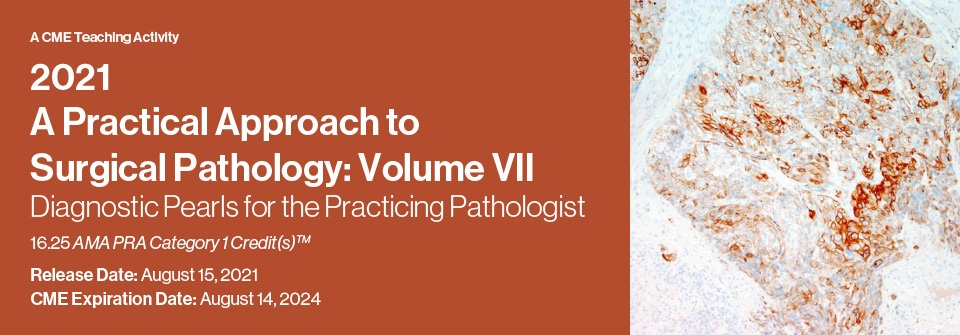
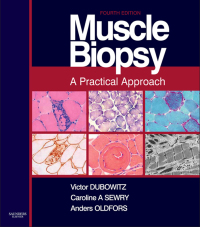
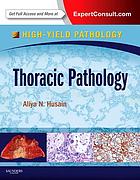
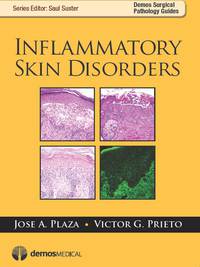

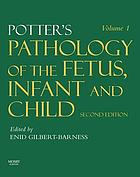
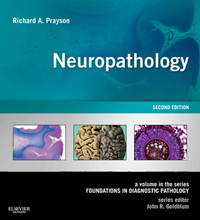


Reviews
There are no reviews yet.